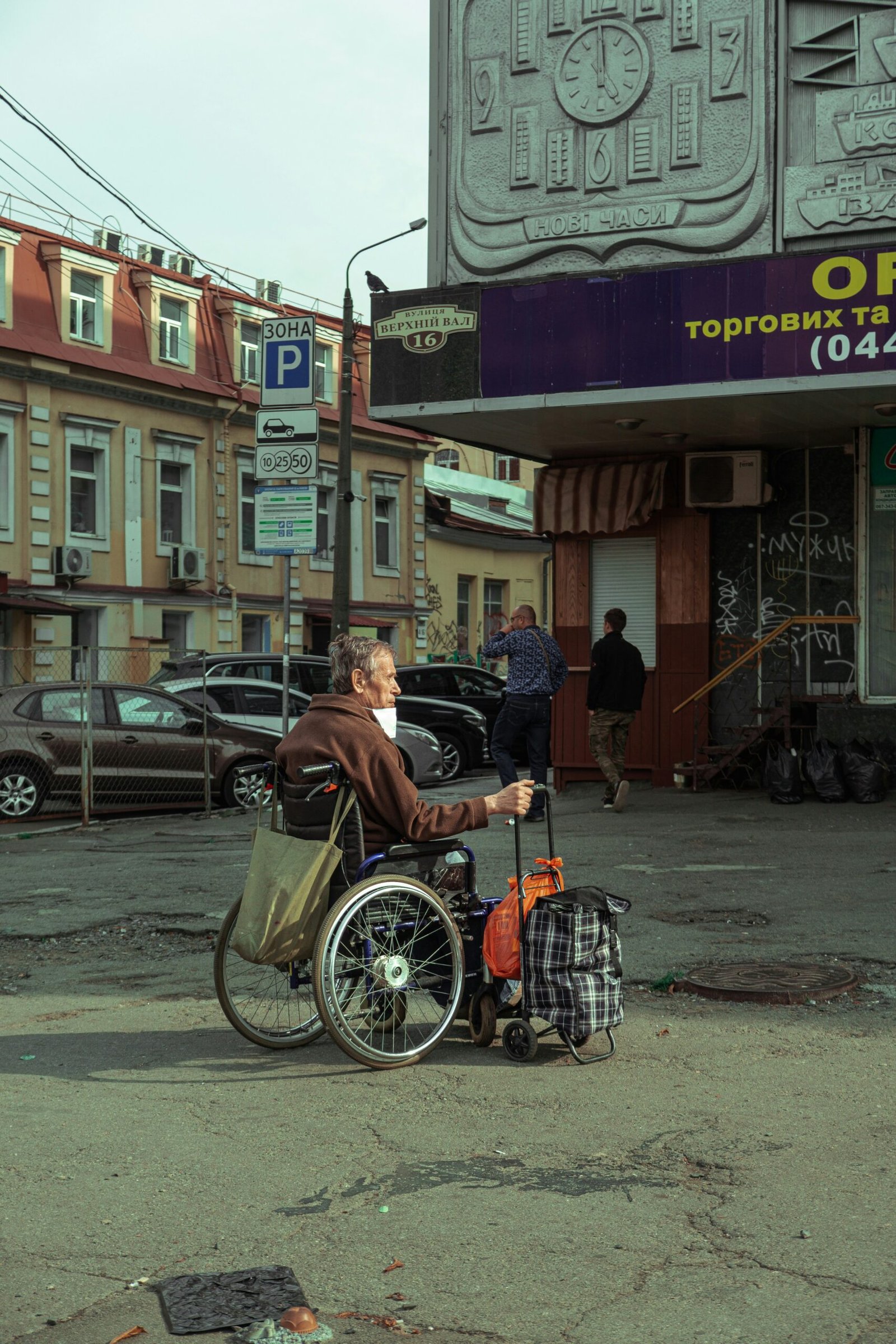Introduction
Disability rights encompass a broad range of issues, including access to education, employment, and healthcare. However, one area that is often overlooked is the right of people with disabilities to access sexual health services, education, and relationships. In this blog post, we will examine the importance of sexual accessibility for individuals with disabilities, the barriers they face, and the steps that can be taken to promote inclusivity and equality.
The Importance of Sexual Accessibility
Sexual health is an integral part of overall well-being, and people with disabilities have the same rights as anyone else to access sexual health services and information. However, they often face unique challenges and barriers that can limit their ability to exercise these rights.
One of the key reasons why sexual accessibility is important is because it promotes autonomy and self-determination. Just like anyone else, individuals with disabilities should have the freedom to make choices about their sexual health and relationships. By providing accessible sexual health services and education, we empower people with disabilities to make informed decisions and take control of their own bodies.
Additionally, sexual accessibility is crucial for fostering healthy relationships and preventing sexual abuse and exploitation. People with disabilities are often at a higher risk of experiencing sexual violence and abuse, and providing them with the tools and knowledge to navigate relationships safely is essential.
Barriers to Sexual Accessibility
Despite the importance of sexual accessibility, there are numerous barriers that prevent individuals with disabilities from accessing sexual health services, education, and relationships. These barriers can be physical, attitudinal, or systemic in nature.
Physical barriers include inaccessible facilities and equipment, such as examination tables that are not adjustable or lack of sign language interpreters for individuals who are deaf or hard of hearing. These physical barriers can make it difficult or impossible for individuals with disabilities to access essential sexual health services.
Attitudinal barriers are another significant obstacle. Society often holds misconceptions and stereotypes about the sexuality of people with disabilities, assuming that they are asexual or incapable of engaging in intimate relationships. These attitudes can lead to discrimination, exclusion, and a lack of appropriate sexual education and support.
Systemic barriers, such as the lack of comprehensive sexuality education in schools or the limited availability of accessible sexual health resources, also contribute to the overall lack of sexual accessibility for individuals with disabilities.
Promoting Sexual Accessibility and Inclusion
Addressing the barriers to sexual accessibility requires a multi-faceted approach that involves individuals, communities, and institutions. Here are some steps that can be taken to promote sexual accessibility and inclusion:
- Education and Awareness: Promote comprehensive sexuality education that is inclusive of individuals with disabilities. This education should address topics such as consent, healthy relationships, and sexual health, tailored to the specific needs of different disabilities.
- Accessible Facilities and Services: Ensure that sexual health facilities and services are physically accessible to individuals with disabilities. This includes providing adjustable examination tables, accessible information in various formats, and trained staff who are knowledgeable about the needs of individuals with disabilities.
- Addressing Attitudinal Barriers: Challenge stereotypes and misconceptions about the sexuality of people with disabilities. Promote positive and inclusive attitudes towards disability and sexuality through awareness campaigns, media representation, and community engagement.
- Advocacy and Policy Change: Advocate for the rights of individuals with disabilities to access sexual health services and education. Work towards policy changes that promote sexual accessibility and inclusion, such as the inclusion of disability rights in sexual health legislation.
- Support and Resources: Provide individuals with disabilities with the support and resources they need to navigate relationships and access sexual health services. This includes providing accessible information, counseling services, and support groups.
Conclusion
Ensuring sexual accessibility for individuals with disabilities is a vital aspect of promoting their rights and overall well-being. By addressing the barriers to sexual accessibility and promoting inclusivity and equality, we can empower individuals with disabilities to make informed choices, foster healthy relationships, and prevent sexual abuse and exploitation. It is the responsibility of individuals, communities, and institutions to work together to create a society that values and supports the sexual rights of all individuals, regardless of their abilities.

